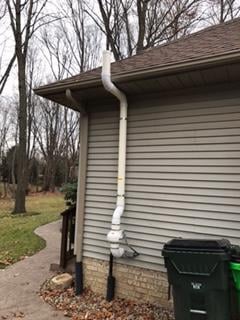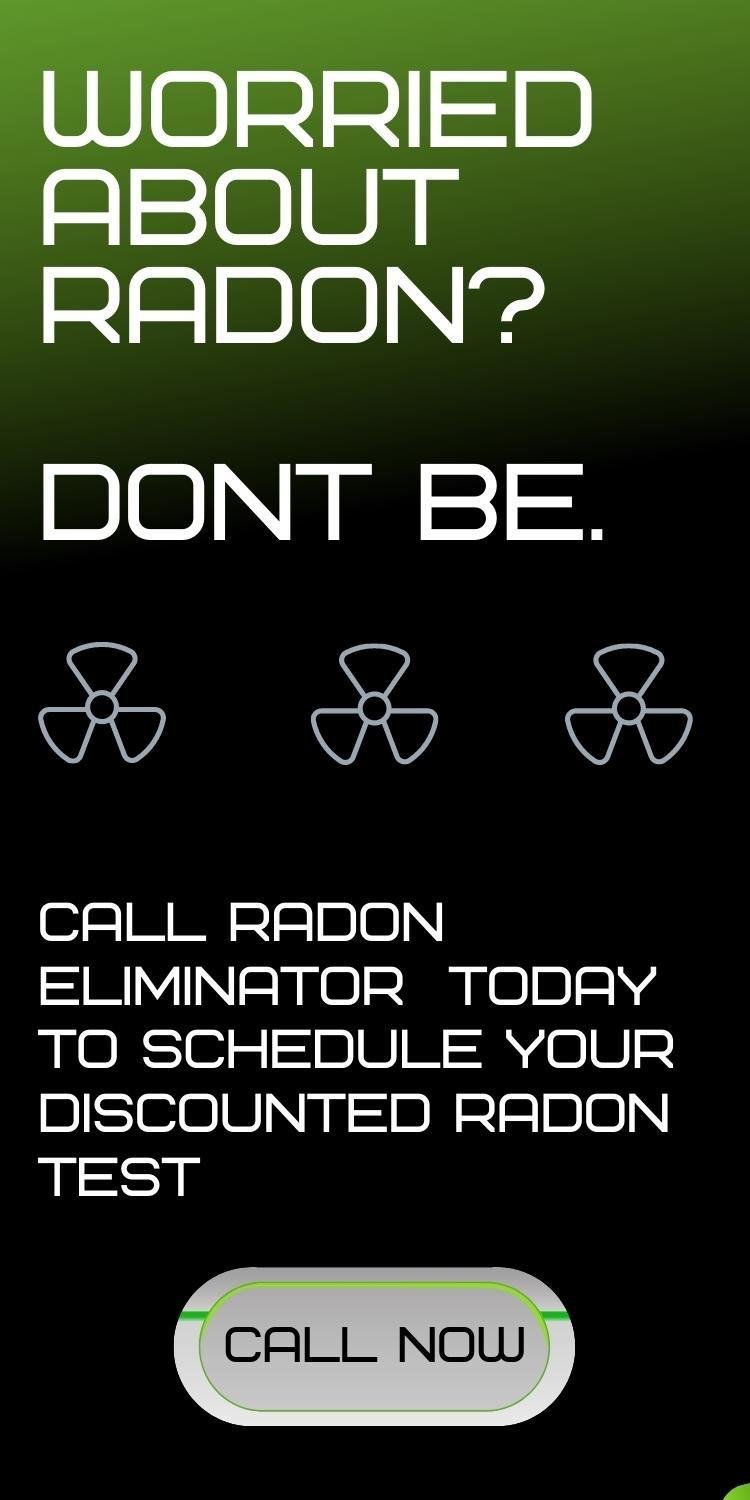Radon is colorless, odorless, and tasteless. There is no way for a human to detect it.
Having your home tested for radon is the only way to know if your home has high levels of radon, a radioactive gas that leads to the risk of lung cancer and other health risks over time with radon exposure.
In the article below, we will discuss the six things everyone should know about radon.
A common concern for people is what they should do immediately after they find out their home or workplace has high levels of radon. Find out more in our blog post:
Should I Go to the Doctor If I've Been Exposed to Radon?
Table Of Contents
- What Is Radon?
- Who Is At Risk?
- How Do You Test Your Home For Radon?
- What Do You Do If Your Home Has High Levels Of Radon?
- How Do You Lower Radon Levels In Your Home
- What's A Radon Mitigation System And How Does It Work?
- Make Sure Your Home Is Safe
1. What Is Radon?
Radon is a naturally occurring radioactive gas. Regular levels of radon can that is the second leading cause of lung cancer in the country, resulting in nearly 21,000 lung cancer deaths a year.
Radon gas is inert, colorless, odorless, and undetectable to humans without assistance.
Radon originates in the soil, and it occurs naturally in the atmosphere in trace amounts.
Outdoors, radon disperses rapidly and is typically not a health issue.
Health concerns can arise when radon builds up inside of homes, schools, and office buildings, which can cause radon exposure.
The gas can become trapped indoors after it enters through cracks and other holes in the building's foundation.
Homes with radon levels can become a health hazard overtime, and detrimental to human health.
Fortunately, there are proven, cost-effective techniques that can be used to manage indoor radon.
Radon is not only found in your home, but in plenty of other places as well. Read our blog post: "The Tourists Who Soak Up Radon."
here.

2. Who Is At Risk?
Radon gas moves from the soil into your home. It can seep directly through pores in concrete, but the worse entry points are gaps in walls and floors.
Any house, of any age, in any state, can have elevated radon levels unbeknownst to the homeowner.
The amount of radon that could be in your home depends on the soil around your house and how your house interacts with the surrounding soil.
Radon levels can vary so much that your radon level can be significantly higher or lower than the radon levels of your neighbor.
The only way to know if the radon levels in your home are safe or not is to get proper radon testing.
3. How Do You Test Your Home For Radon?
When you test your home for radon, you want to do it in the lowest level of your house, like the basement floor, that you regularly use for 8 to 10 hours a week.
Short-term tests are useful to see if further radon testing is needed.
Most short-term tests are activated charcoal-based or electret ion that measures the levels of radon gas in your home for two to seven days.
When the test is done, you mail it to a lab for evaluation, and your level of radon gas results will come back.
Radon test kits are available for purchase at hardware stores, big box stores, and online retailers.
Long-term radon tests measure the radon levels for 90 days up to an entire year.
Most of the long-term tests are based on alpha particle tracking.
These tests will give you a more accurate indicator of average annual levels, which can vary significantly from day to day and month to month based on factors such as air pressure and gusty winds.
Long-term radon tests should be done through a qualified radon testing company, but they can also be found at online retailers.
You can also get a continuous radon test that plugs into a standard outlet.
Continuous tests can be used for long-term and short-term testing to give you a daily running average.
4. What Do You Do If Your Home Has High Levels of Radon?
If your initial short-term test registers 4 pCi/L or higher, the EPA recommends doing a second test, this time long-term.
The long-term test will give you the most accurate information, but a short-term test is acceptable if you need the results quickly, such as for a real estate transaction.
If your long-term test registers above 4 pCi/L, measured in units of picocuries, you will need to take immediate steps to reduce the radon in your home.
5. How Do You Lower Radon Levels In Your Home?
There are a few repairs you can do yourself to try to reduce the radon levels for peace of mind.
Remember, these repairs alone will rarely reduce radon levels significantly, but if you need a quick fix, these repairs could help.
They will also make other radon reduction methods more effective and cost-efficient.
Start by caulking any cracks you find in your foundation, construction joints, and other openings in your floor or walls with polyurethane caulk.
If you have a sump pump, make sure you have an airtight cover on it.
Cover the soil in crawl spaces with polyurethane plastic sheeting that's tightly attached to the walls.
Once you've done these, go ahead and take another test.
Like I mentioned earlier, they likely won't make much of an impact, so you will want to have a radon mitigation system installed.
 6. What's A Radon Mitigation System And How Does It Work?
6. What's A Radon Mitigation System And How Does It Work?
A radon mitigation system involves ventilating your home by using PVC piping to draw radon gas up from the soil and out of your house.
The most effective system is a vent pipe placed in the sump if you have one, or a hole made under your concrete floor slab.
A special inline radon fan is placed in the attic or outside of the house to draw air through the vent and out of the house.
The easiest way to do this is to run the vent out of the side of the house and up to the eaves.
Theoretically, this is possible to do on your own, but unless you have extensive knowledge of the systems, you should leave it to the pros.
You don't want to spend your time and money installing a mitigation system that doesn't work and keeps the radon levels in your home elevated.
A radon mitigation company can charge anywhere from a few hundred to a few thousand dollars to install a mitigation system depending on your home and radon levels.
Make Sure Your Home Is Safe
You should test your home for elevated levels of radon to make sure no one in your home is in danger of developing lung cancer.
If your house has high radon levels, you should act quickly.
Risks from radon are cumulative, meaning serious effects can result from radon exposure to high levels over a long period of time.
That means the longer you wait to have your home tested, the more danger you're into those risks.
The best thing you can do is contact a professional mitigation company like Radon Eliminator.
They can test your home and then install a mitigation system if it's necessary.
Contact Radon Eliminator today to get started.





